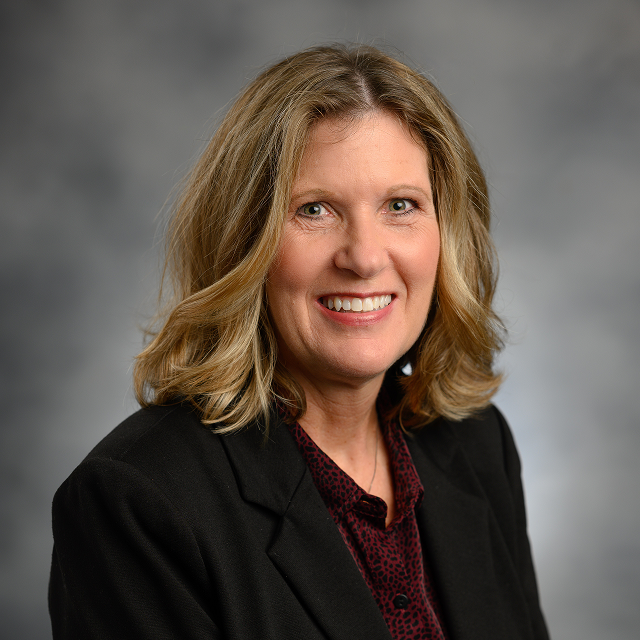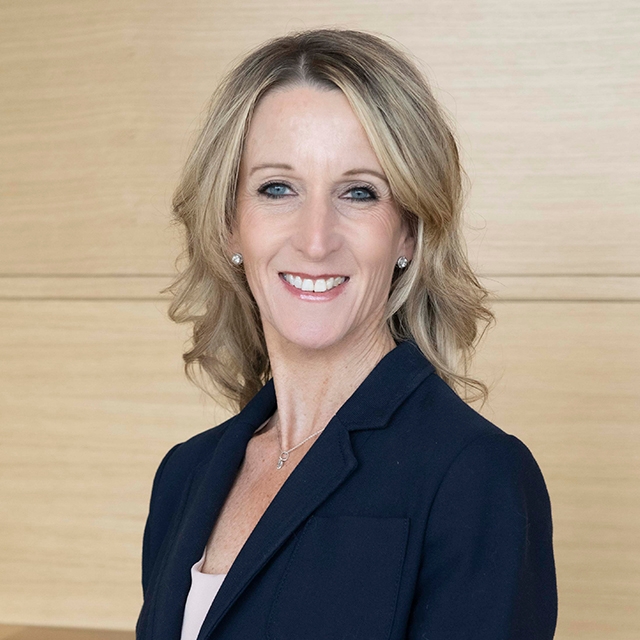

State-of-the-art facilities

Located along Grand Rapids' Medical Mile, the clinical simulation department operates out of two state–of–the–art simulation facilities. The Corewell Health Clinical Simulation Center at 275 Michigan St. NE is a 10,000-square-foot facility located directly across the street from the Butterworth Hospital campus. Our second location is a 25,000-square-foot facility located at 109 Michigan St. NE within the Doug Meijer Medical Innovation Building.
The mission of clinical simulation at Corewell Health in West Michigan is to transform patient safety, quality, education, and research through experiential learning and technological advancements in a controlled training environment.
Facilities and services are available to Corewell Health team members, as well as those external to Corewell Health.

Always discovering
As part of its vision, the Corewell Health Clinical Simulation Center aims to provide access to research for new discoveries, technology, and treatments.
The Center allows for the ability to test advanced technology, medical devices, and procedures in a secure yet realistic environment. It offers physicians an arena to conduct research on medical devices, equipment, and simulation education as a way to advance health care.
Hear from our team
Collectively, our team has years of experience in simulation, higher education, and health care. Our core belief statement is: "We believe in the value of collaboration, respect, and continuous learning. Together, we can innovate, inspire, and create a supportive learning environment where every voice is heard." We are ready to illuminate minds and empower participants to continually make health better.
New in the lab
Featuring a surgeon console and simulator, the da Vinci Xi system provides our learners with exemplary training experiences.

2025 annual impact report
Discover the progress, partnerships, and innovations shaping the future of clinical simulation.







